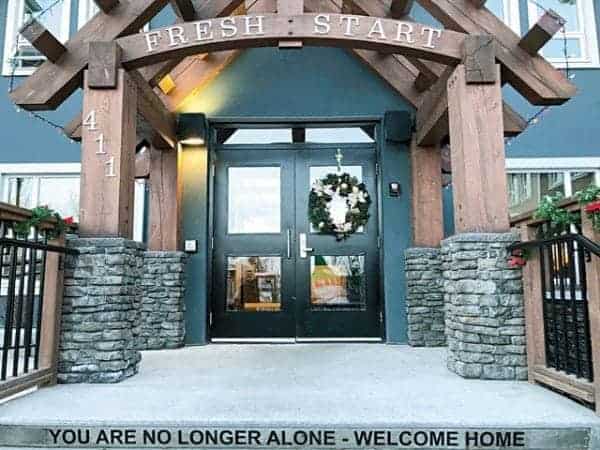When it comes to addictions treatment and follow-up supports in the NWT, the territory has a long way to go to help those in need.

Health Minister Glen Abernethy himself acknowledged the NWT lacks follow-up supports in several communities after a tour of southern addictions treatment facilities in B.C. and Alberta.
“Although a lot of work is done on helping people return to their communities and a lot of aftercare is done, this is certainly and area that we can do better,” said Abernethy.
This admission, of course, sidesteps the obvious problem – that currently, NWT residents seeking addictions treatment must go to facilities down south. This has been the case since 2013 after the GNWT ended its contract for the Nats'ejee K'eh Treatment Centre, located on the K'atlo'deeche First Nation reserve near Hay River, after determining that there weren't enough addictions counsellors available to run it. It was the last remaining treatment centre in the territory.
Addicts seeking treatment have four options available to them down south but as NWT Supreme Court judge Louise Charbonneau noted while sentencing a man last year to prison for killing his uncle in a drunken rage, the lack of treatment facilities in the North only makes the territory's tremendous addictions problems worse.
Dettah's Stanley Abel Jr. was so drunk he doesn't recall beating to death his relative Herman Abel. He thought his uncle had stolen his bottle of booze.
“That is an additional obstacle for those trying to seek help for addiction issues,” Charbonneau said of the need for a territorial treatment centre while sentencing Abel Jr.
“I hope that some day more resources and avenues will be made more of a priority.”
Resources appears to be the main sticking point. Abernethy is fond of pointing out that shipping addicts south for treatment only costs the government $155 a day compared to $420 a day for providing the same service in the North.
Going south may be cost-effective but how suitable is an addictions program when it sends already vulnerable people away from their community supports to unfamiliar territory far from home?
The territorial government has made significant strides in wrestling with homelessness through its support and creation of the sobering centre and day shelter in Yellowknife but there is so much more that still needs to be done. The mobile community-based addictions program in Fort Smith last fall is also a good start, mixing addictions treatment with on-the-land programming but it is only a pilot program.
There hasn't been an addictions survey by the NWT Bureau of Statistics since 2006 but those early numbers paint a dreary picture for the territory that likely remains unchanged. About 77.7 per cent of residents age 15 and over listed as current drinkers.
The GNWT has embarked on what it calls an Addictions Recovery Action Plan to identify and confirm what is currently available for aftercare in communities. We say what's need is primary care in the North for a problem that afflicts all too many people in the territory.